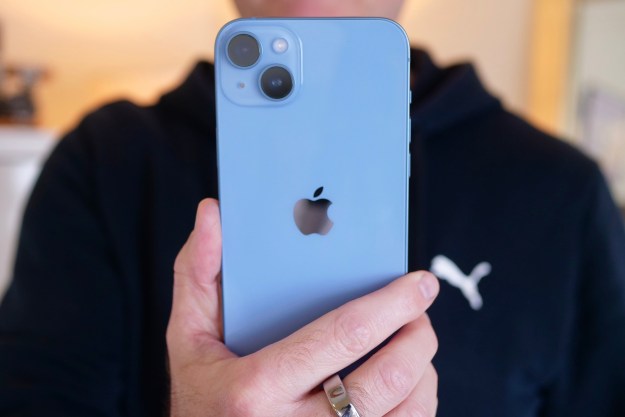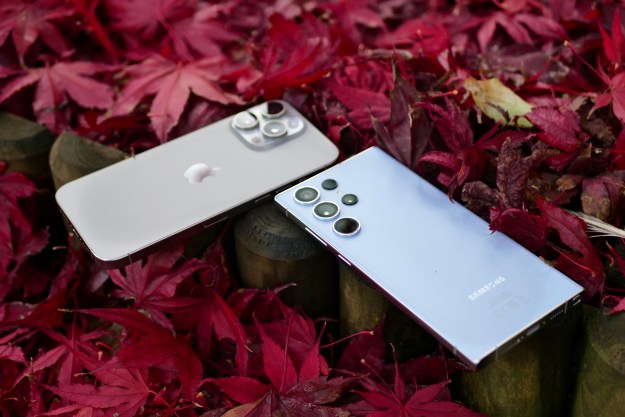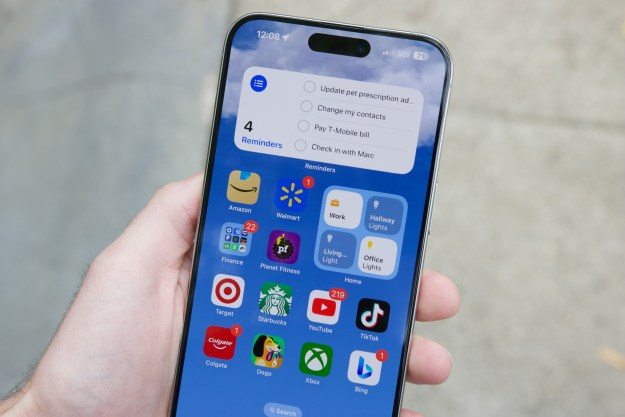Apple’s Face ID security system works really well, provided it can see your face. This means if you’re wearing a mask, as we tend to do these days, it simply won’t work at all. In iOS 14.5 Apple has come up with a solution to get around this problem, but you need to own an Apple Watch for it to work.
If you already have an Apple Watch you’re ready to go right now, but if not you are facing (pun intended) a bill of at least $270 if you want to unlock your iPhone while still wearing your mask. Worth it? I’ve put the new feature to the test, and this is how it works.
What you need
Apple’s solution to Face ID being confounded by a face mask is to use the Apple Watch as the key to unlocking your phone. Provided the Watch is connected to your phone, when Face ID realizes you’re wearing a mask it will automatically unlock the phone, requiring the usual swipe up on the screen rather than awkwardly entering your passcode every time.

To make it work you need an Apple iPhone capable of running iOS 14.5, which covers all models since the iPhone 6S, including both the iPhone SE and iPhone SE (2020). You also need an Apple Watch with WatchOS 7.4, meaning each model since the Apple Watch Series 3. Finally, you need a face mask.
These two software updates must be installed for the feature to operate, and you may need to charge both the iPhone and the Apple Watch to do this, so make sure you’re prepared before starting. The whole process will take less than an hour.
How to make the feature work
Once you’ve installed the updates there are a few steps to go through before the new Face ID unlock feature works. First, go to Settings on your iPhone and Face ID and Passcode in the menu. Scroll down to the Unlock with Apple Watch section and flick the switch next to the applicable Apple Watch.

At this point, a message appears explaining how the feature works. Tap the Turn On message to proceed. Here the iPhone may tell you to set a passcode on your Apple Watch if you haven’t got one already. It’ll open the Apple Watch app for you, but if not, you’ll find the option to create a passcode under the Passcode option on the main screen. Set one up, and select the Unlock with iPhone option on the same page.

With all this done it’s worth going back to the iPhone’s Settings menu and checking to see if the Unlock with Apple Watch option is active. It wasn’t for me after I first set up a passcode on the Apple Watch. If you find the same, flick the switch and tap Turn On when the message appears on screen. That’s it, you should be good to go.
Mask up
Does it work? Finding out is easy, just put on a mask and try to unlock your iPhone. Face ID activates and when it sees the mask, a notification accompanied by a vibration alert arrives on your Apple Watch telling you the phone has been automatically unlocked. It’s a nice safety feature just in case it’s not you trying to unlock the phone, and there’s an on-screen button to lock the phone again if you aren’t trying to unlock it. When you tap this, the iPhone requires your PIN before it will unlock again.

I’ve tried it numerous times and it has worked without fail. What about Apple Pay? If you use your iPhone to pay, it understandably still forces you to use your passcode. While the Apple Watch will unlock your phone when you’re wearing a mask, it doesn’t circumvent Face ID security when trying to pay for something. Hold your iPhone next to a payment terminal and if Face ID doesn’t see your whole face, it will ask you for your passcode to authorize it to make the payment.
Frustrating, but there is a solution to this, and that’s to use your Apple Watch for Apple Pay. The contactless payment system is set up in the Apple Watch app, and works in the same way as it does on your iPhone, just without additional security steps provided you have wrist detection turned on. If you don’t, you must enter your passcode on the Watch to make a payment.
A neat solution
Setting up the Apple Watch and iPhone to use this iOS 14 feature is easy, and takes just a few minutes even when you have to set a passcode on your Apple Watch. It makes using your iPhone easier in those situations where you don’t want to remove your mask. However, it’s only useful if you own an Apple Watch. If you don’t, should you buy one?
It sits at the top of our Best Smartwatch list, and even though the Apple Watch Series 6 is six months old, it’s still a fantastic piece of equipment. It also does a whole lot more than just help unlock your iPhone, with everything from comprehensive activity tracking to useful, interactive notifications from your phone, music control, app support, and even an automatic hand wash timer onboard.
While we recommend the Series 6, the $270 Apple Watch SE is an excellent purchase. If you really want to save money, the old Apple Watch Series 3 is still a decent buy and will run the latest WatchOS software too. Unlike many other companies making smartwatches or related software, Apple pays attention to its wearable and will add new features regularly, as the addition of unlocking your iPhone while masked up proves. The Apple Watch really is the only smartwatch you should consider if you own an iPhone.
Editors' Recommendations
- Are you having iPhone alarm problems? A fix is coming soon
- An Apple insider just revealed how iOS 18’s AI features will work
- There’s a big problem with the iPhone’s Photos app
- The 7 biggest features we expect to see in iOS 18
- This could be our first look at iOS 18’s huge redesign



